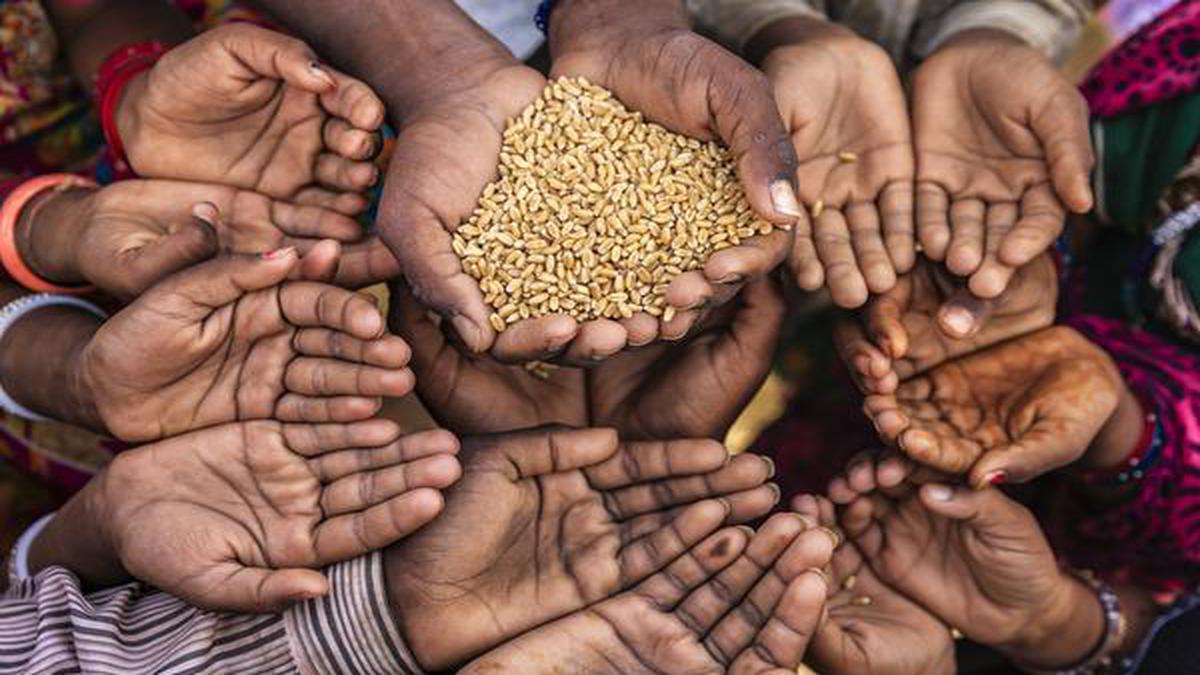Food Insecurity : Perishable Crops and Climate Change (Part 3)
Food prices often rise and fall in India because of seasonal weather patterns. Climate change is anticipated to make this more severe, increasing India's economic and social vulnerability.
By Editorial Team / Jan 4, 2023

Source : iStock image
FIVE-YEAR MARKET PRICE TRENDS IN FIVE MAJOR PERISHABLE CROPS IN INDIA

Recurrent spikes in the prices of food crops are not uncommon in India due to the seasonality of weather patterns, but climate change is expected to exacerbate this as well as escalate the economic and social vulnerability of India. Uneven monsoon rains and high temperatures in India in June this year damaged perishable food crops and disrupted supply chains, causing shortages of essential cooking ingredients such as onion, tomato and chilli. In recent months, the cost of tomatoes domestically soared by more than 700% and the price of ginger reached unprecedented levels. Increased onion prices in August resulted in the government imposing a 40% levy on onion exports. The cost of a shopping basket of typical food items almost tripled between May and June, and climate experts suspect that climate change will exacerbate supply gaps. Unlike grains, perishables such as tomato, potato, banana and onion lack a robust supply chain and suitable storage facilities, which leads to spoilage, price instability and poor returns to farmers.
TWELVE-MONTH TREND IN FOOD PRICE INFLATION IN INDIA

Food price inflation reached 11,51% in July this year - the highest since January 2020 - and the year-on-year inflation rate for vegetables, pulses, grains, spices and milk reached 37,34%, 13,3%, 13%, 21,6% and 8,3%, respectively. Erratic weather and an unusually dry August (the driest August for more than 120 years) are believed to have been major contributors to this food price inflation. Erratic monsoon rain in June and July delayed the sowing of major kharif crops, with almost 9% less area sowed in early July compared to the same time last year. Lower than average rainfall during this monsoon season has threatened crop production in the Indo-Gangetic Plains- which are responsible for about 30% of the total kharif crop - while excessive rainfall in Punjab and Haryana forced farmers to replant their crops in late July. The dry August weather is expected to result in a 14% decline in sugar output in India's top sugar-producing state, Maharashtra, resulting in the government considering a ban on sugar exports from October.
MAJOR FOOD EXPORTS FROM INDIA (2022/2023)

India’s population of around 1.2 billion depend primarily on food produced within India, and Asian and African countries are heavily dependent on imports of Indian rice. The ongoing conflict between Ukraine and Russia, weather events and the threat of El Niño are placing stress on global food markets. The climate change-induced 2022 heatwave is estimated to have reduced India's wheat production to 100 million tonnes - which is less than the local consumption of 103.6 million tonnes. In January this year, wheat stocks at government warehouses in India declined to the lowest level in six years and hit record-high domestic prices. India is the world’s largest exporter of rice, accounting for about 40% of global trade, and rice is the staple food of more than three billion people worldwide.
Rice prices surged in Nepal following the ban, and Vietnam saw rice prices reach a decade high. Nepal and the Philippines appealed for the ban to be lifted. The ban also triggered panic buying of rice in the US and Canada. The domestic price of rice in India has increased by more than 8% this year, and global rice prices are at a decade high, while production is expected to be the lowest in two decades. There is growing global concern over rice supplies, with costs expected to surge even further, impacting millions of people across Asia and Africa: around 80% of people live in countries that are net importers of food. An export duty on parboiled rice, imposed by the Indian government in August this year, is further threatening food security in the Global South, particularly in the context of rampant food price inflation and high debt. India is a major supplier of low-priced rice to Sub-Saharan Africa, raising concerns about the impact of the export duty on the region. The global food crisis has been aggravated by the increase in food trade restrictions by various countries: by September this year, 25 food export bans had been implemented by 19 countries. Policies such as these are likely to become more common under climate change.
Rising temperatures associated with human-caused climate change are projected to reduce the yields of food crops in Asia, further placing food security at risk. The Asian Development Bank estimates that the increased cost of living combined with the coronavirus pandemic pushed around 68 million more people in developing Asia into extreme poverty in 2022, with the poor being the hardest hit by higher costs of necessities such as food and fuel.
This is part 3 of the Climate Change and Agriculture series.
Agriculture Extreme Weather Social Vulnerability Economic Vulnerability

